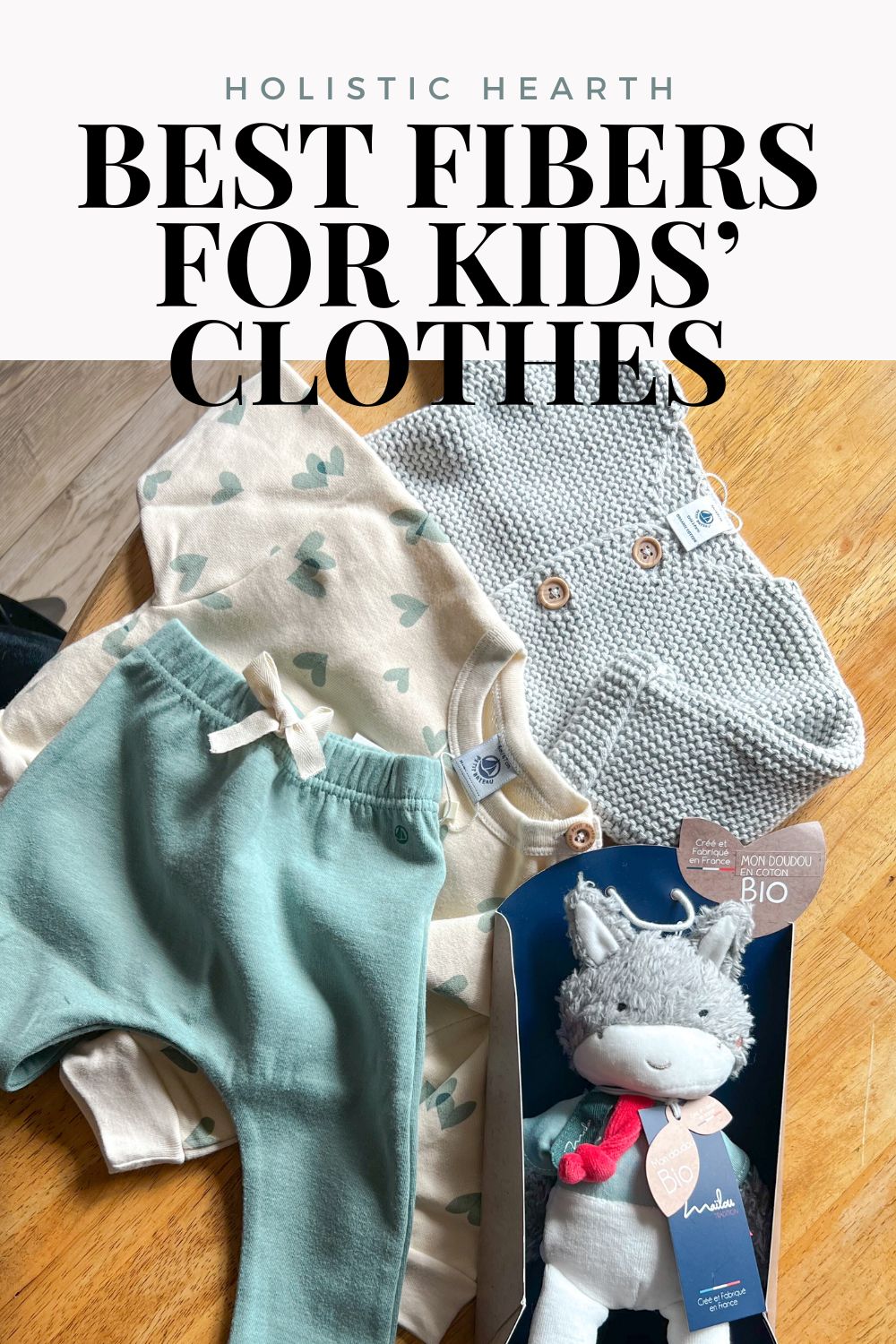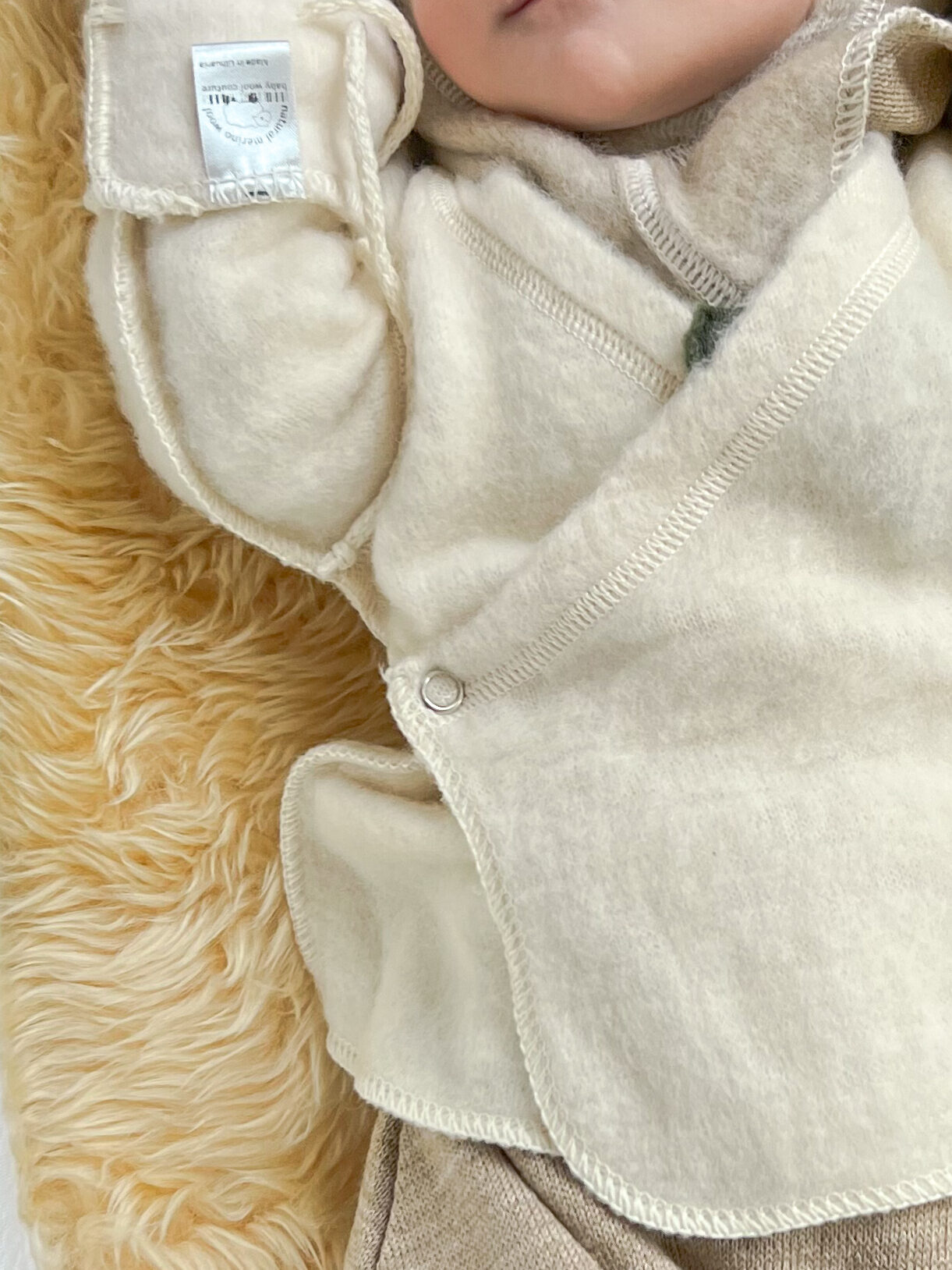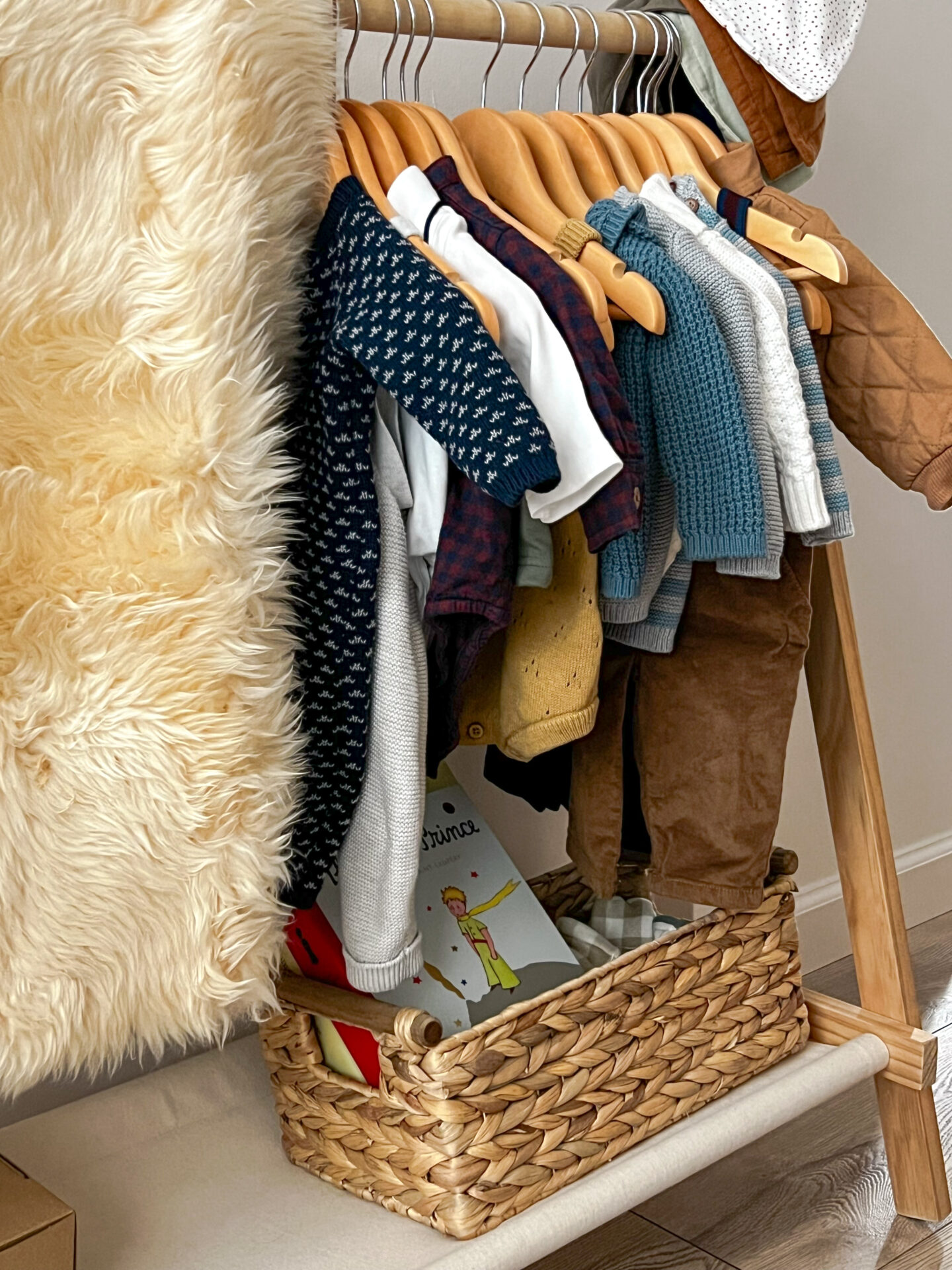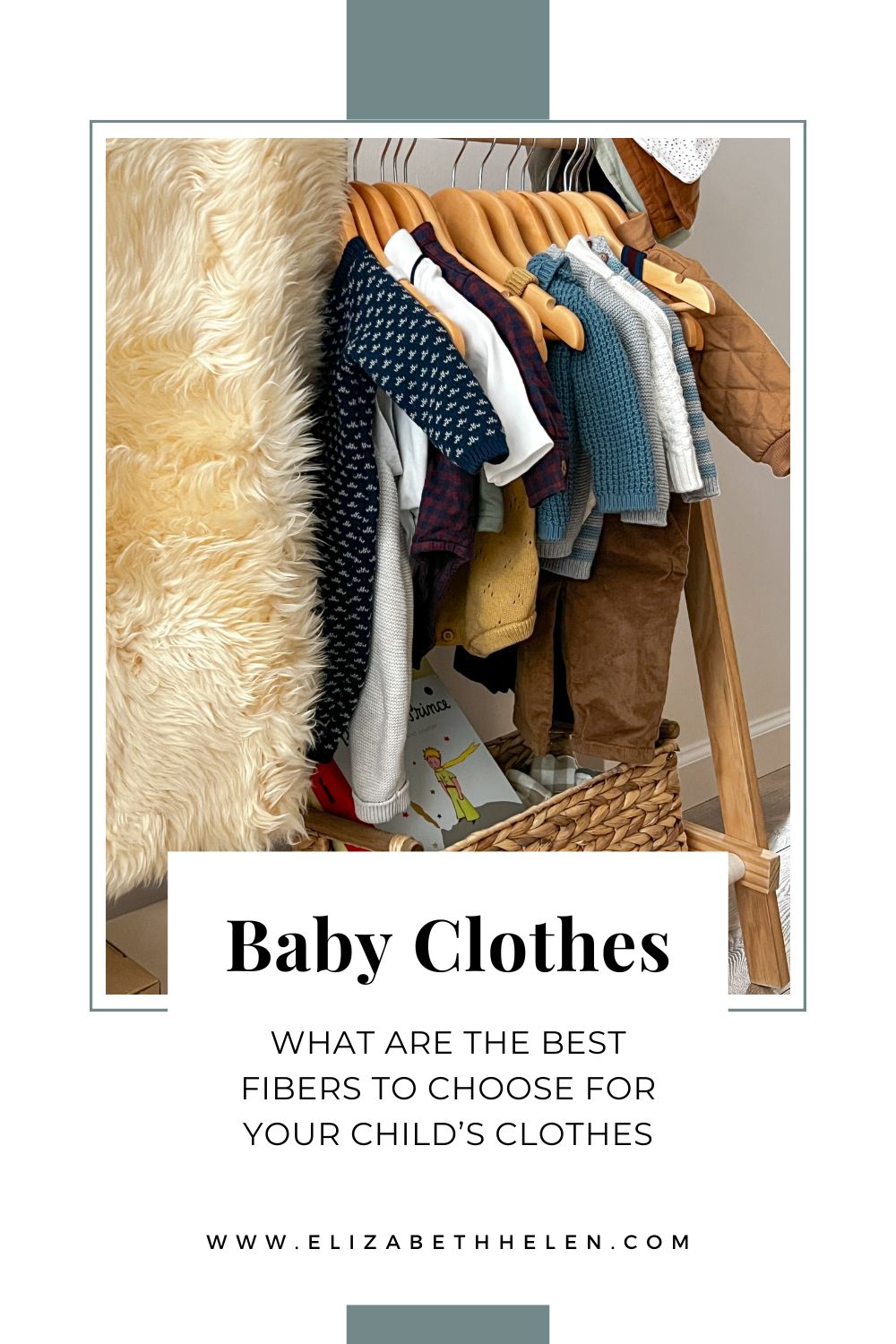
Disclaimer: This post may contain affiliate links, which means I may earn a small commission at no extra cost to you if you make a purchase through these links. I only recommend products I truly love and trust for my family. Your support helps keep this blog running and allows me to continue sharing non-toxic, organic living tips. Thank you!
In our journey toward holistic living, we focus on food, skincare, and household products—but what about the fabrics our children wear daily? The fiber content in clothing affects their comfort, health, and environmental impact. Let’s explore why it matters and how to make informed choices.
Understanding Fiber Content in Clothing
What is Fiber Content?
Fibers used in clothing fall into two main categories:
- Natural fibers: Cotton, wool, hemp, bamboo, silk, and linen.
- Synthetic fibers: Polyester, nylon, acrylic, and spandex.
Why Does Fiber Content Matter?
- Skin Health: Natural fibers are gentler on sensitive skin.
- Breathability & Comfort: Some materials regulate body temperature better than others.
- Allergy Considerations: Synthetic fabrics may trigger sensitivities.
- Environmental Impact: Natural fibers biodegrade, while synthetics contribute to plastic pollution.
The Benefits of Natural Fibers for Children

- Organic Cotton
- Soft, breathable, and hypoallergenic.
- Ideal for babies and toddlers with sensitive skin.
- GOTS-certified organic cotton avoids pesticide and chemical residues.
- Wool (Merino or Organic Wool)
- Naturally antibacterial, moisture-wicking, and thermoregulating.
- Keeps kids warm in winter and cool in summer.
- Choose untreated, non-toxic wool for safety.
- Hemp
- Durable, breathable, and naturally antimicrobial.
- Softens with each wash, making it great for daily wear.
- One of the most sustainable fiber choices.
- Bamboo
- Soft, hypoallergenic, and moisture-wicking.
- Why I don’t recommend it: Most bamboo fabric is chemically processed with toxic solvents like carbon disulfide, which pose risks to both workers and the environment. If choosing bamboo, look for brands using eco-friendly mechanical processing.
The Risks of Synthetic Fibers in Children’s Clothing
What Are Synthetic Fibers?
Synthetic fabrics like polyester, nylon, and acrylic are derived from petroleum and contain harmful chemicals.
Why Avoid Synthetics for Kids?
- Lack of Breathability: They trap heat and moisture, causing discomfort.
- Skin Irritation & Allergies: More likely to trigger reactions.
- Toxic Chemical Exposure: Many contain formaldehyde, phthalates, and flame retardants.
- Environmental Impact: These fabrics shed microplastics, polluting ecosystems.
How to Choose the Best Fabrics for Your Child

- Invest in Quality Over Quantity
- Choose well-made, sustainable pieces that last.
- Consider secondhand clothing to reduce waste. Check out your local consignment stores like Once Upon A Child or if you want unique pieces, Many Moons would be your go to.
- Prioritize Natural Fabrics for Sleepwear and Undergarments
- These garments are in constant contact with the skin, making non-toxic choices especially important.
- Be aware that children’s sleepwear and undergarments contain flame-retardants, which is why I would recommend seeking certifications. Carter’s Little Planet have a great selection of sleepwear for littles.
- Check Labels Carefully
- Look for natural fibers like organic cotton, wool, and hemp.
- Be wary of vague labels—lack of clarity often means synthetics are present.
- Seek certifications like GOTS and OEKO-TEX to ensure fabrics are non-toxic.
Final Thoughts
Being mindful about fiber content can enhance your child’s comfort, protect their skin, and support sustainability. Choosing natural, non-toxic fabrics is a small but powerful step toward a healthier, more holistic lifestyle.
Would you like recommendations on where to find high-quality natural fiber clothing? Let’s continue the conversation in the comments!
PIN THIS FOR LATER.

